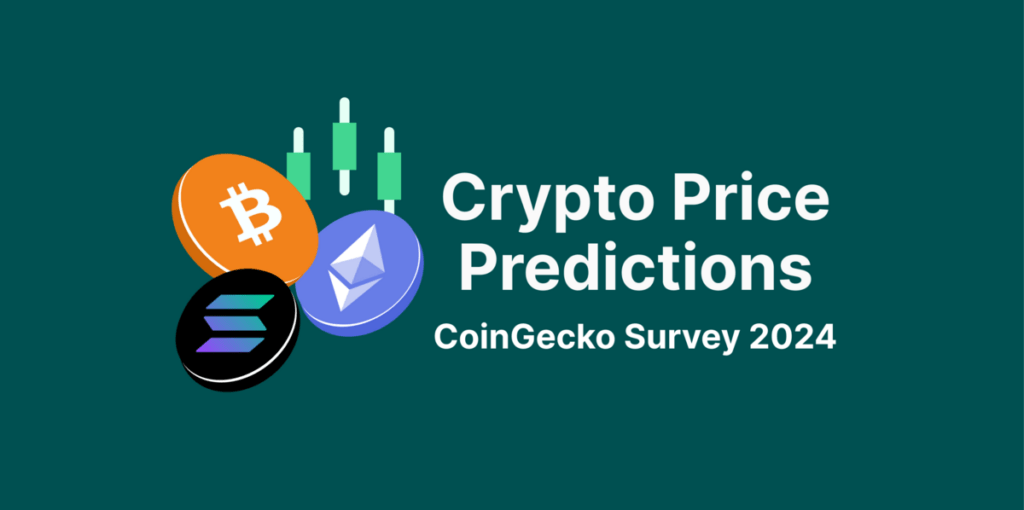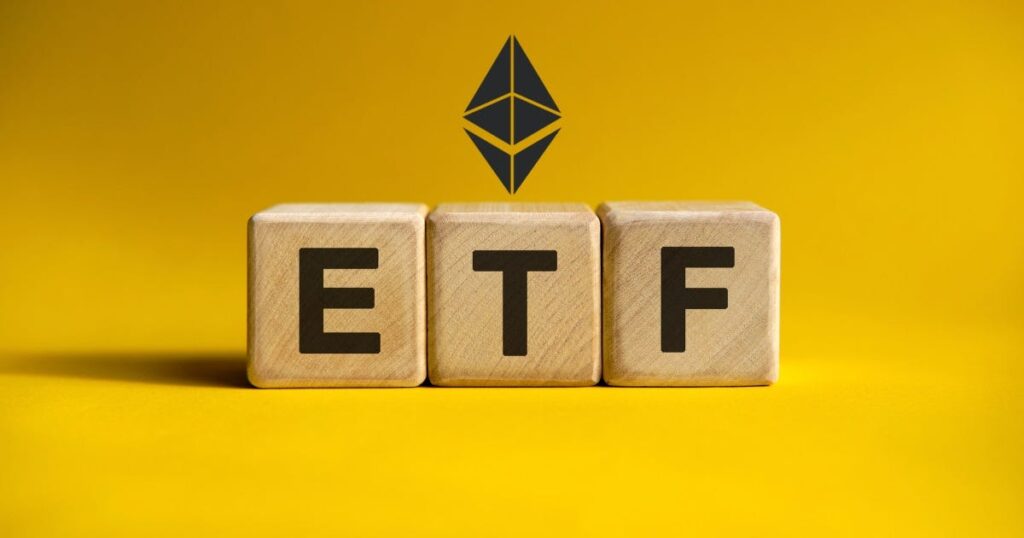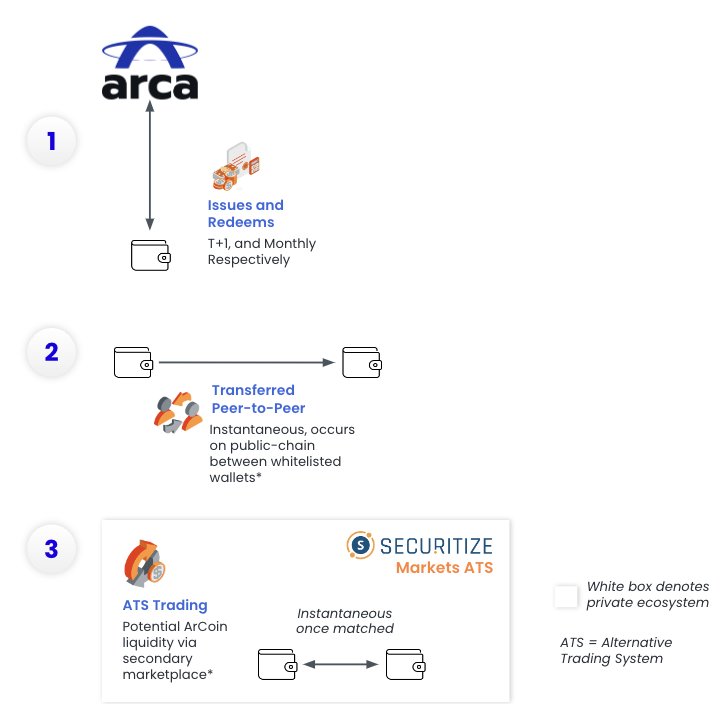Research Summary
The report discusses the growth and structure of the liquid staking sector in the crypto industry, with a focus on Ethereum and Lido’s dominance. It also explores the adoption of liquid staking across different blockchains like Solana and Cosmos, and the potential for enterprise adoption despite regulatory challenges. The report concludes with projections for the future trajectory of liquid staking, particularly for Lido.
Key Takeaways
Liquid Staking’s Growth and Structure
- Liquid Staking’s Consistent Growth: Despite a challenging bear market, the liquid staking sector has shown consistent growth. It offers a solution to the technical complexities of conventional staking procedures, facilitating seamless trading, efficient collateral utilisation, and yield optimisation.
- Ethereum’s Role: The introduction of Ethereum’s staking withdrawal functionality marked a pivotal moment for the liquid staking domain, instigating a surge in deposits and reducing associated risks.
- Lido’s Dominance: Within the Ethereum ecosystem, Lido has emerged as the dominant force in liquid staking, commanding a significant share of fees and deposits. Its first-mover advantage has positioned it as the frontrunner in the liquid staking market.
Liquid Staking Across Different Blockchains
- Solana’s Approach: Unlike Ethereum, Solana allowed withdrawals from day one, reducing the need for liquid staking. However, its DeFi ecosystem remains modest in scale and liquidity.
- Cosmos’ Implementation: Cosmos has recently implemented a Liquid Staking Module to enhance the role of its native token, ATOM, across the entire network.
- Trade-off Removal: Liquid staking removes the trade-off between staking assets and using them in DeFi, potentially fostering the growth of DeFi sub-sectors and bolstering network security.
Enterprise Adoption and Future Trajectory
- Enterprise Interest: Liquid staking is poised to attract traditional financial institutions due to the combined prospects of Ethereum yield and DeFi utility. However, challenges related to regulatory compliance and counterparty risk assessments persist.
- Future Projections: The report anticipates nearly US$30 billion staked in Lido by 2027, representing a twofold increase from current levels, with a projected 20% compound annual growth rate (CAGR) over the next five years.
Actionable Insights
- Understanding Liquid Staking: Stakeholders should familiarize themselves with the concept of liquid staking and its potential benefits, such as seamless trading and efficient collateral utilisation.
- Monitoring Market Leaders: Observing the strategies and growth of market leaders like Lido can provide valuable insights into the liquid staking sector.
- Exploring Different Blockchains: Stakeholders should explore the adoption and implementation of liquid staking across different blockchains, including Solana and Cosmos.
- Regulatory Compliance: Institutions interested in liquid staking should consider the regulatory challenges and counterparty risk assessments associated with it.














